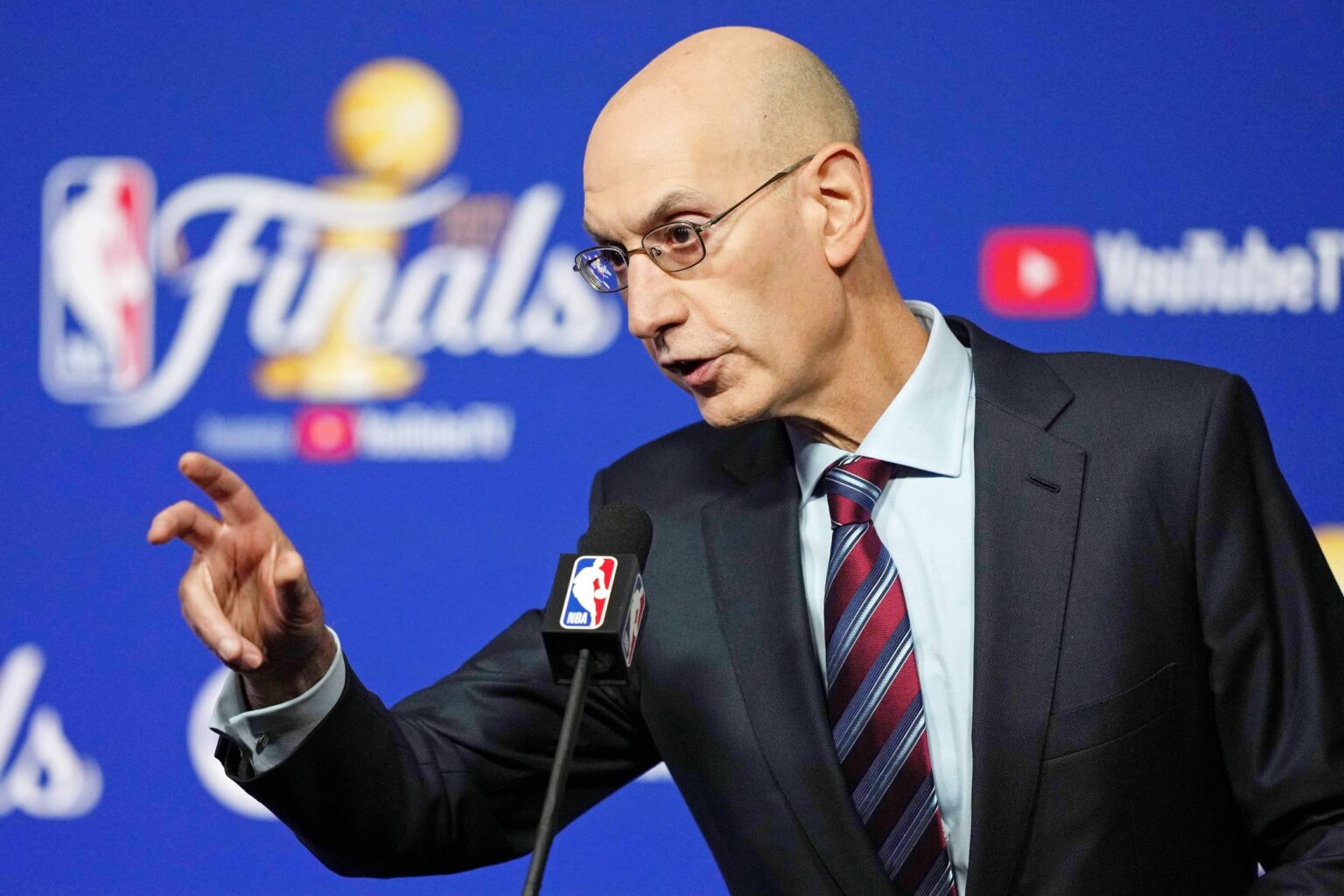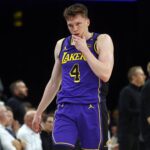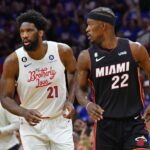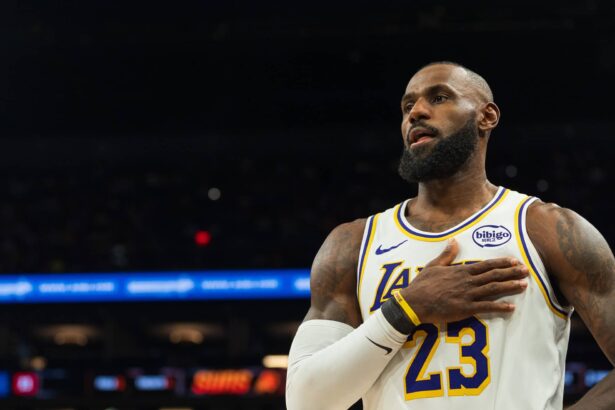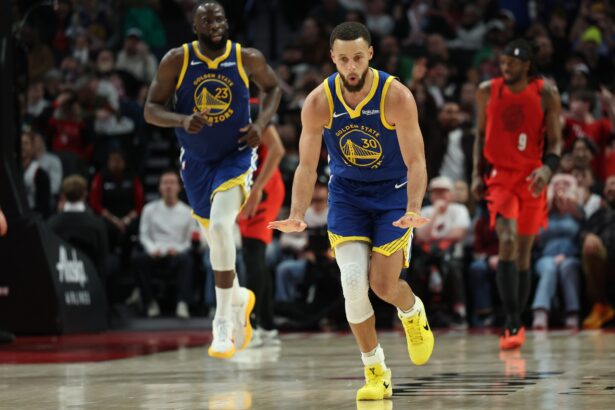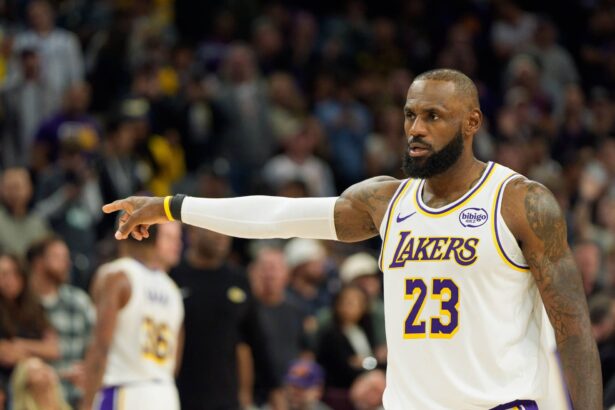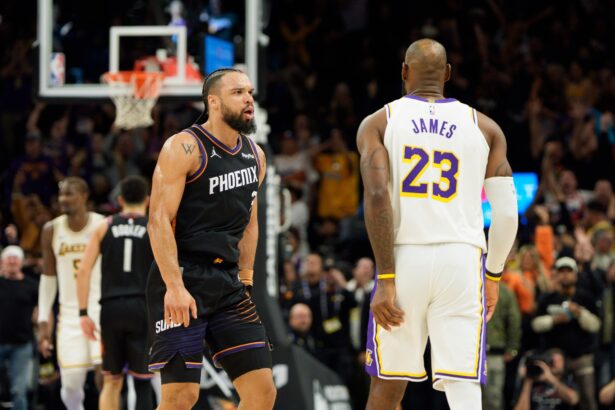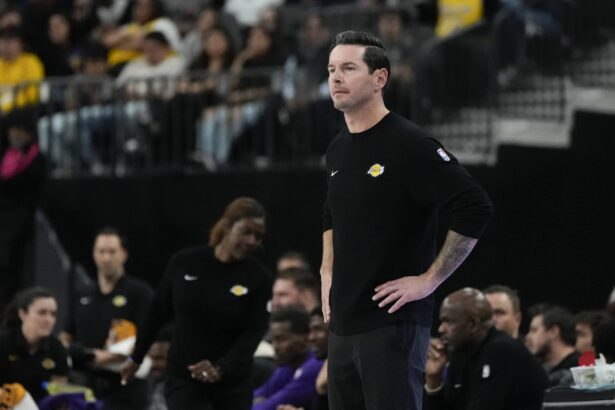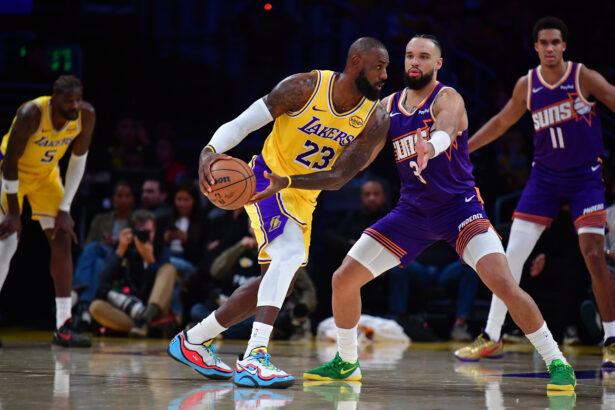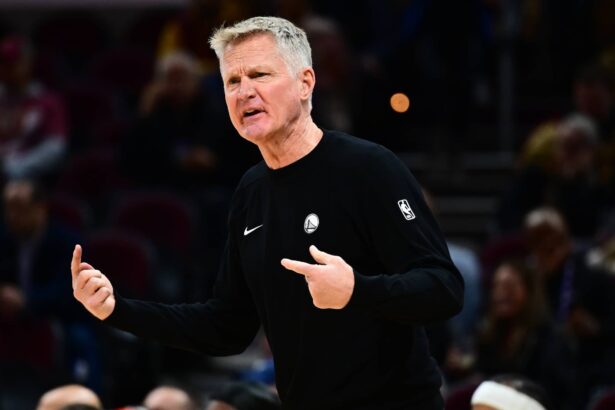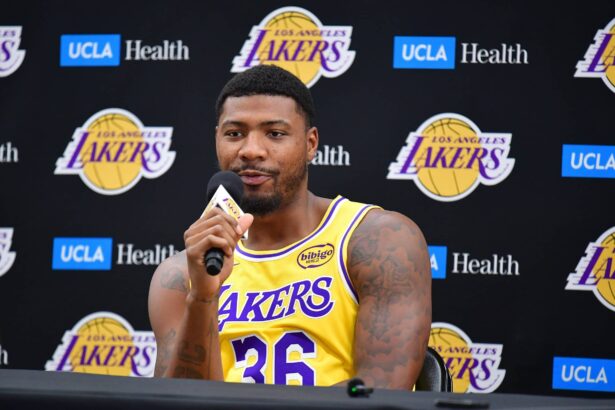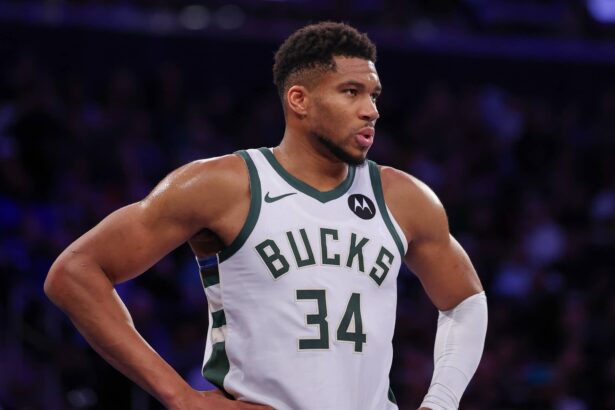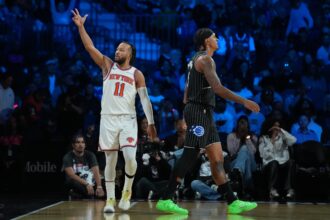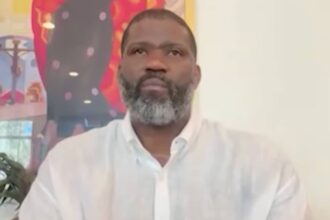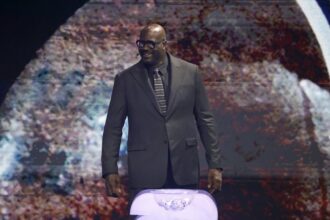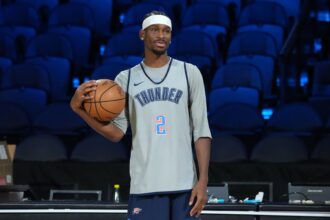NBA Commissioner Adam Silver believes the league’s slow start in viewership ratings this season stems from external factors like the World Series and the highly contentious U.S. presidential election, rather than issues with the game itself. Addressing concerns over the ratings dip, Silver emphasized that the NBA’s performance during the first two weeks of the season is not necessarily reflective of long-term trends.
“I don’t think it has anything to do with the three-point shot. I think we’re just looking at a couple weeks of ratings. There’s always some unique things. This year we were up against the World Series, Dodgers-Yankees, two very attractive teams, they brought in a big audience.”
“You had a presidential election which was commanding an enormous amount of attention. So I don’t think it has anything whatsoever to do with the style of play on the floor.”
“We compare ourselves to, frankly, the biggest brands in the world. Two years ago, we were one of the top five search terms on Google globally—the NBA, its teams, its players. I feel it’s almost too limiting to compare us to another sports league.”
The 2024 World Series featured a marquee matchup between the New York Yankees and Los Angeles Dodgers, two of Major League Baseball’s most popular and historic franchises. The series drew massive attention, given the iconic nature of the teams and the high stakes of the games. Meanwhile, the U.S. presidential election was one of the most polarized and heavily funded campaigns in recent history, further dominating public discourse and media coverage.
These competing events created a tough environment for the NBA to capture its usual share of attention. Historically, major national events like elections have impacted sports viewership. For example, during the 2016 U.S. election cycle, NFL ratings dropped significantly, only to rebound in subsequent seasons. Silver appears optimistic that the NBA’s ratings will follow a similar pattern.
However, other theories have emerged about the league’s ratings struggle. Shaquille O’Neal, a vocal critic of the modern game, speculated that an over-reliance on three-point shooting might be driving fans away. While the three-point shot has transformed basketball, the league-wide average of 37 attempts per game—up 50% from 2015—has sparked debates about whether it has homogenized the game.
Silver dismissed the notion that three-point shooting is a root cause of the dip. Instead, he pointed to a combination of external events and the cyclical nature of compelling storylines in the league.
This season has seen some challenges in creating buzz worthy narratives. LeBron James’ milestone of playing with his son, Bronny, was fleeting, as Bronny has since returned to the G League. Meanwhile, young stars like Victor Wembanyama are performing well but lack the team success to captivate casual fans fully.
Despite the slow start, there have been encouraging signs for the NBA. The opening night of the NBA Cup, the league’s new in-season tournament, saw a 71% rise in ratings compared to the same time last year. While some attribute this to stars like Stephen Curry and Klay Thompson, it hints at potential momentum for the league.
Ultimately, the NBA remains confident in its global appeal and the loyalty of its young, tech-savvy audience. While ratings dips are worth analyzing, they are often the product of multiple factors and rarely cause for alarm in a league as robust as the NBA.
Thank you for being a valued reader of Fadeaway World. If you liked this article, please consider following us on Google News. We really appreciate your support.

